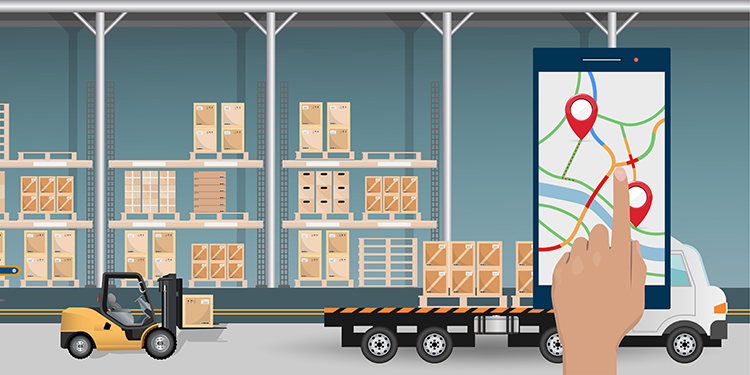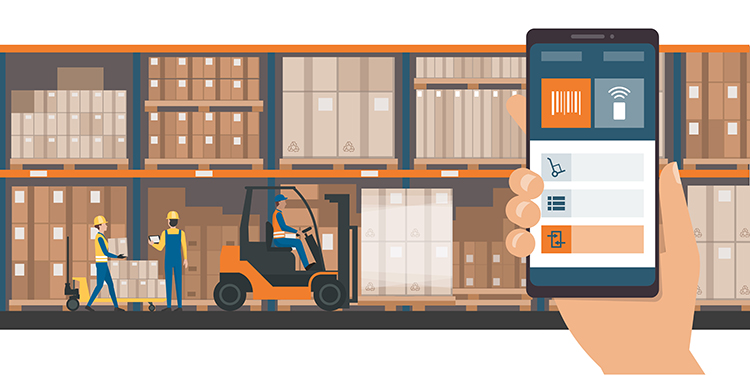Smart Pallets And Racking: What Rack Owners Need To Know About These Internet Of Things (IoT) Technologies

Companies worldwide are increasingly implementing Internet of Things (IoT) technologies across assets, equipment, and machinery. Pallets, both plastic and wooden, are part of that trend. IoT-enabled pallets sport various sensors to monitor temperature, humidity, pressure, acceleration, and location. These tracking capabilities make smart pallets a valuable resource for companies seeking to increase inventory visibility throughout the supply chain. For that reason, the market — currently valued at $20.29 billion — is forecast to grow at a compound annual growth rate (CAGR) of 4.1% by 2030. That growth increases the likelihood that more facilities will encounter IoT-enabled pallets within the next few years. Here’s a closer look at the interaction between smart pallets and racking, plus what rack owners need to know about these IoT technologies.
What Can Smart Pallets Do in a Facility?

Inside a warehouse, a smart pallet equipped with a radio-frequency identification (RFID) or global positioning system (GPS) sensor can be found quickly, explained Arthur Fendel. Fendel is Vice President of Sales and Engineering at STOW, a member of the Rack Manufacturers Institute (RMI).
“Smart pallets are a great tool for locating products in fast-moving operations,” he said. “The sensors themselves are small, discrete, simple to install, and weather resilient. They also provide global connectivity with a long battery life.”
That functionality allows detection and tracking of smart pallets outside the four walls of an operation as well. When surrounded by steel structures like pallet rack, however, the metal can cause interference with the sensors’ data transmission.
“In high-density storage solutions, it can become challenging to detect the sensors due to the steel structure,” Fendel continued. “This is especially true for operations that rely on WiFi.”
Therefore, when using smart pallets and racking together, Fendel advised checking the transmission distance of the sensors. If the steel is restricting reach, there are solutions.
“A rack owner can add additional equipment — such as WiFi repeaters — within the racking to improve the smart pallets’ reach,” he suggested.
Other Smart Pallet and Racking Best Practices

The IoT sensors used on smart pallets feature rugged construction for industrial applications. For that reason, smart pallets don’t require any specialized handling, Fendel added. That’s not to say, however, that forklift operators should handle them — or any other pallet — carelessly.
“No matter the equipment, to see the benefits within an operation it is important to instruct and train the employees,” he advised. This includes the proper, safe lifting, lowering, placement, removal, and transport of the pallets to and from racking.
As with standard pallets, when an engineer designs a rack system designed for smart pallets, key considerations include the pallet’s grade, construction, load, and weight distribution. Only pallets that match the rack’s design should be stored in it. Further, only unitized loads should go into pallet racking. Because damaged pallets are prone to failure, train employees to remove loads on pallets with broken boards or stringers and repalletize them on intact pallets prior to handling or storing them.
Additionally, Fendel recommends educating the facility’s workforce on the benefits of smart pallets and racking. “Facility operators should raise awareness that the smart pallets and their IoT sensors are there to support and simplify employees’ work,” he said. Emphasizing this point, he added, helps employees better understand the importance of the technology.
Find Answers to Other Racking and Automation Integration Questions

Looking for more insights into integrating industrial storage rack with automated technologies, including IoT? Visit RMI’s page of frequently asked questions (FAQs).


